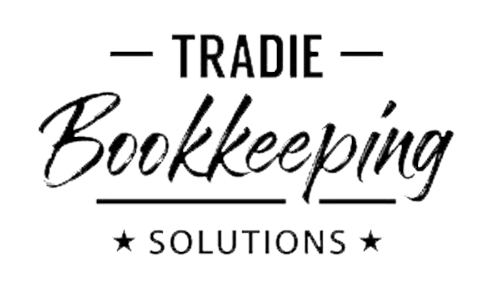How Can Business Owners Manage ‘Late Payers’?
You believe in an honest day’s work and look after your clients. They get your best and you always go the extra mile for them. You are proud of the quality of the work you deliver and you give them value for money.
That’s why it can be such a downer when your clients don’t pay your invoice with the same kind of enthusiasm. You’ve sent your invoice out to them as soon as you could, and it appears that it might as well have gone into a black hole. We’ve talked about how using mobile point of sale software can give you the edge in our recent article Get More Business Using Mobile Solutions.
It’s understandable that you can get disappointed about your invoice not being paid on time. However, it’s really important to take a rational and professional approach to following up outstanding invoices. While you’re not alone with having those feelings, it’s best to keep them to yourself.
Getting invoices paid on time is an important success factor for any small business. When your cashflow suddenly turns negative, your business could be in dire straits before you know it. Income you needed to cover expenses and pay vendors dries up. Without the safety nets larger companies enjoy, small businesses often face bankruptcy when a large client refuses to pay.
Wondering how to tip the balance of power in your favor? Try these strategies to get paid quickly and avoid non-payment.
Step 1: Make Contact and confirm they have received the invoice
It is absolutely crucial for business owners to follow-up on unpaid invoices quickly, just a few days after the payment date is missed. This is something you can also delegate to your bookkeeper or a Virtual Assistant who specialises in making collection and follow up calls.
The first step is to make contact with the customer and confirm that they’ve actually received your invoice. At this point they will be reminded that the invoice is past it’s due date. Often this is enough to get the customer to respond by actioning the payment.
In many cases, your customer has simply neglected to review their accounts payable and is behind on their bookkeeping. Agree on a new payment date and follow up again if it is missed.
It is also possible that you find out your customer is struggling with financial difficulties. Be reasonable and suggest a payment plan. It is better to collect installments than to receive no payment at all.
 WARNING: The more time lapses between the date of the invoice and the first contact you’ve had in the follow up process, the more difficult it will be to recoup the outstanding invoice amount in a reasonable time frame that doesn’t hurt your cash flow.
WARNING: The more time lapses between the date of the invoice and the first contact you’ve had in the follow up process, the more difficult it will be to recoup the outstanding invoice amount in a reasonable time frame that doesn’t hurt your cash flow.
Step 2: Remind your debtor that late payments come with a cost
At the start of your client relationship it is important that you provide them with your Terms of Payment during the on-boarding process. I recommend that you add your policy for dealing with late payments.
When you contact the late payer for the first time, you can also make sure that there are no other issues with your invoice. Once you’ve confirmed that the customer has accepted the charges as being true and payable, also remind them of the payment terms.
Be clear in your payment terms what the additional cost would be for late payments by your customer. If it is a substantial invoice amount that a larger company owes you, the alternative could be to obtain invoice financing for outstanding invoices. Then you can add the cost of invoice financing to the outstanding invoice.
If your debtor won’t respond to your reminders, send their accounts payable department a “statement of account” that includes:
- the date of the unpaid invoice
- a description of goods or services provided, for which you are awaiting payment
- the total amount due, including applicable interest or surcharges
Step 3: Use a debt collection system before proceeding with legal action
Have 30 days come and gone and you’re still getting nowhere with your unpaid invoice? Before involving a lawyer follow a debt collection system approach and send out debt collection letters at specific intervals. If that doesn’t produce any action, you can employ a professional debt collection agency.
Robert Bauman from Straight Talk Accounting & Tax who is also my ‘partner in numbers’ has a free eBook download on his website. Go and get your copy of Company Finances and Debt Collection to find out more.
It’s important to note that in some cases, it makes more sense to write off uncollected invoices as “bad debt” and absorb the loss. For example, if your debtor has declared bankruptcy and it is clear they have no money to pay you.
There is currently no legislation in Australia that covers maximum payment times for business to business transactions. When it comes to dealing with debtors, the key is to respond quickly to a threat of non-payment and follow up consistently until you’re paid. It’s also wise to consult your accountant or a trusted business advisor to tailor your strategy to protect your business.
Contact us for a FREE Cash Flow Pulse Check. It includes a review of your accounting and financial systems and advice on how you can best manage any late payers in your particular situation.
Copyright © TradieBookkeepingSolutions.com.au All Rights Reserved.
